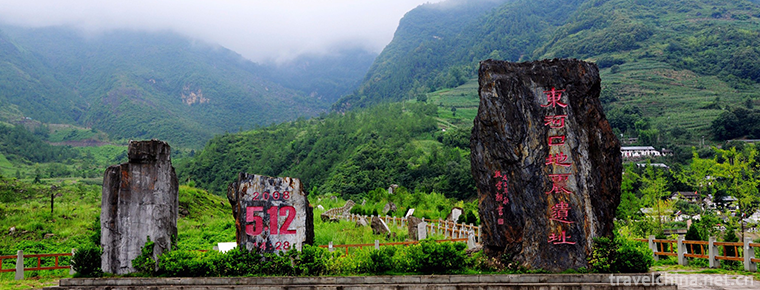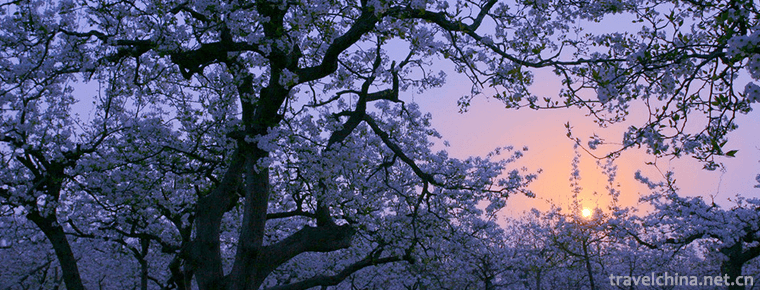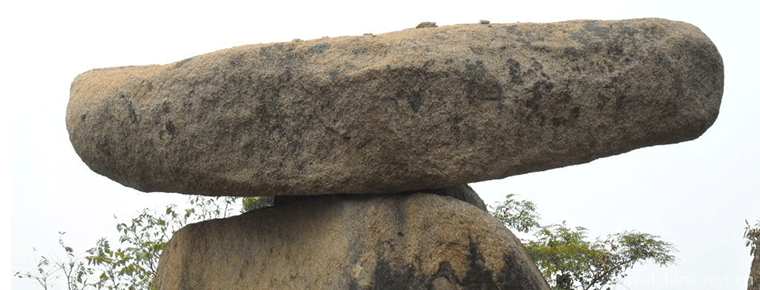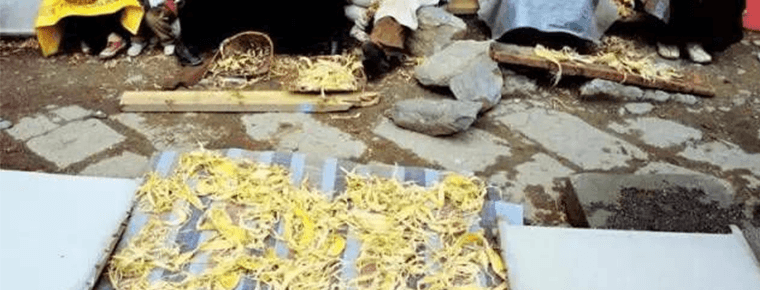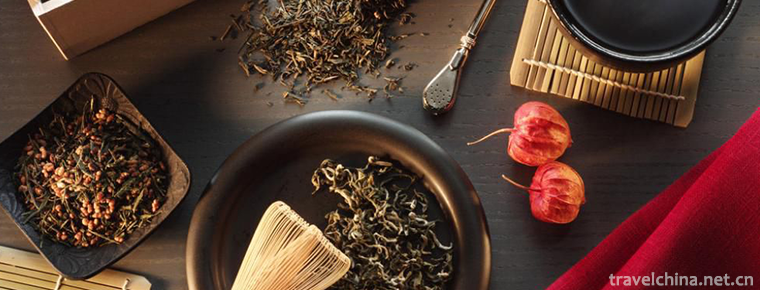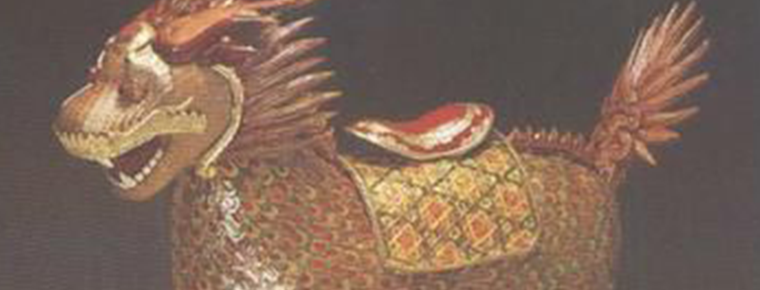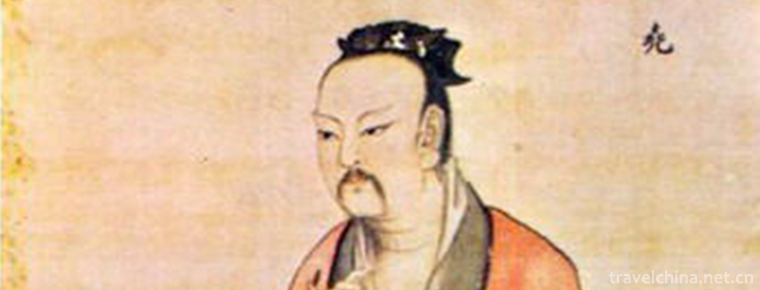Mongolian embroidery
Mongolian embroidery
Mongolian embroidery is a kind of handicraft craft formed in the long-term production and life of the Mongolian people in China. Mongolian embroidery not only embroiders on soft fabrics, but also embroiders on hard fabrics such as wool felt and leather boots with camel wool thread and cattle tendon. From the point of view of embroidery needle method, the thimble used by Mongolian women in embroidery is different from that used by working women of farming nationalities. Mongolian embroidery art wins with dignity and simplicity. The applique method of its large fabrics, rough and symmetrical stitching, bright contrast color, give people a sense of fullness and fullness. In 2008, it was selected as the second batch of national intangible cultural heritage catalogues in China.
Inheritance mode
Since ancient times, there have been traditional customs in Mongolian women who are good at embroidery. In ancient times, both Mongolian noble women and poor women learned to master embroidery. Mongolian girls learn embroidery from an early age and master the skills of needlework at home. Of course, this kind of learning is not guided by special schools and teachers. It is mainly inspired and trained by mother's skilled needlework and embroidery. Girls began to learn embroidery from their teens. They embroidered various purses and socks at the beginning. When they mastered certain embroidery methods at the age of fifteen or sixteen, they began embroidering various kinds of flower shoes and mohair boots. At the same time, they could cut various clothes. Some smart and capable girls were not satisfied with the embroidery skills they had learned from their mothers, so they sought advice from some skilled embroidery experts in the village, who called them sisters and from her. They patiently learn all kinds of superb embroidery skills, sew all kinds of clothes and hats, learn how to embroider all kinds of sleeves, skirts and earmuffs, embroider all kinds of flowers, birds and animals on all kinds of substrates, and all kinds of patterns they like. Some girls are praised by the people around them for the beauty of embroidery, and at the same time arouse the admiration of other girls. The clothes and hats, flower shoes, boots, needles, bowls and bags, pillowcases, saddles, dense sewing felt (embroidered felt), door curtains and other daily necessities used by the Mongolian people are carefully designed and embroidered with their own hands. Therefore, the workload of embroidery and needlework in the families of Mongolian girls and women is very heavy.
In ancient Mongolian society, there was no sale of clothes and hats and other daily necessities. All kinds of articles and embroidery were borne by women in every family, because they were made according to different objects and physical conditions. When the daughter of the family is seventeen or eighteen or twenty years old, when her embroidery ability is relatively skilled, she should learn embroidery further and teach her family at the same time. Before getting married, she should make a pair of "Spuden Gautura" for everyone in her mother-in-law's family. This kind of "Spuden Gautura" is a gift that she brings to her mother-in-law's family. From the general family, she also has to make more than fifty pairs of shoes and boots. The boots, especially for the groom, should be made more carefully. Their shapes and patterns are also very exquisite. The embroidery skills are also very fine. At the same time, the groom should be meticulously embroidered with eight fluttering cigarette purses, which were made before he got married. (These habits are particularly prominent in the eastern Mongolian Banner County.) The embroidery of these boots is often used to measure the girl's intelligence and ability.
In the use of patterns, each nation has its own characteristics. Because of its own customs and habits, each nation often gives a particular flower and pattern a special meaning, and thus produces a special interest. When embroidering, Mongolian people often choose their favorite patterns, various pan-sausage patterns, apricot, peony, Jiangxi wax, lotus, peach, fish, horse, deer, butterflies and birds, as well as all kinds of patterns (Tumen He) and so on. Some more sophisticated families also embroidered tents, bedding sheets, and some girls in some areas wore green flower shoes when they married to symbolize the prosperity of the grassland.

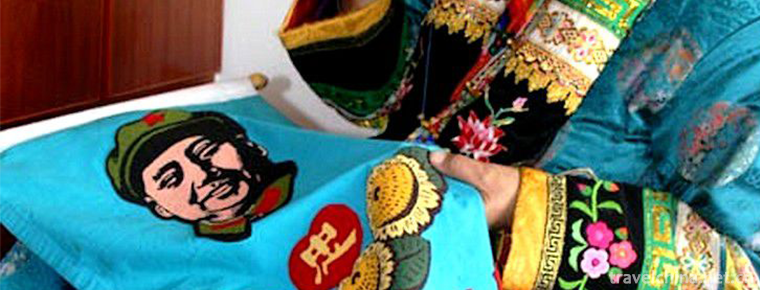
-
Kanas Scenic Area in Altay Area
Kanas Scenic Area is located in the middle section of Altai Mountain in Xinjiang, which is located in the border area between China and Kazakhstan, Russia and Mongolia.
Views: 108 Time 2018-12-12 -
Donghekou Earthquake Relics Park
Donghekou Earthquake Site Park is the first earthquake site protection memorial site of Wenchuan Earthquake, located in Qingchuan County, Guangyuan City, Sichuan Province.
Views: 164 Time 2018-12-20 -
Xia Jin Old Yellow River Forest Park
The forest park scenic spot of the old Yellow River in Xiajin is the ruins of the old Yellow River. It is a national AAAA-level scenic spot. It is located in Xiajin County, Shandong Province.
Views: 382 Time 2019-02-25 -
mount yi
Yashan, also known as "Zou Yashan", "Zou Shan", "Dong Shan", is one of the nine famous historical and cultural mountains in ancient China at an altitude of 582.8 meters. .
Views: 128 Time 2019-03-04 -
Tibetan Paper making Techniques
Tibetan paper-making technology, Tibetan Autonomous Region's traditional handicraft, one of the national intangible cultural heritage. Tibetan paper-making skills are usually made by peeling.
Views: 451 Time 2019-04-15 -
Black Tea Production Techniques
Black tea, originally known as "Border Tea", was smuggled across the border by merchants as early as the end of the 16th century. In the Ming Dynasty, black tea was designated as.
Views: 113 Time 2019-05-03 -
Mongolian camel raising custom
The Mongolian camel-raising custom has a long history. In the practice of production and life with a long history, camel has become the most loyal partner of mankind while making outstanding.
Views: 84 Time 2019-06-04 -
Bamboo weaving in Shengzhou
Shengzhou bamboo weaving is one of the traditional handicraft products in Shengzhou, Zhejiang Province. Shengzhou bamboo weaving technology is distributed in the bamboo producing areas of the city, in.
Views: 130 Time 2019-06-14 -
Legend of Yao
The legend of Yao is one of the local folklores in Jiangxian County, Shanxi Province. Yao is the Saint King of ancient Chinese legend. It is said that later generations named him Tao Tang and surnamed.
Views: 68 Time 2019-07-11 -
Bowang mountain
Bo (B ó) Wang mountain, also known as Bowang mountain. Bowang mountain is one of the most important breeding and living places of the ancient Bo nationality. It was known as lunzhudadun and shitoudazhai in ancient times.
Views: 161 Time 2020-10-16 -
Shicheng mountain
It is located in Shicheng mountain, Hengjiang Town, Xuzhou District, Sichuan Province. The total area is 5500 mu, including 4100 mu of forest. Shicheng mountain inclines from southwest to northeast. It has a good momentum.
Views: 133 Time 2020-10-16 -
Jintang Yunding mountain scenic spot
Jintang Yunding mountain is located in the middle section of Longquan Mountain in Jintang County, Chengdu. The scenic spots include Yunding mountain, Hantan ancient ferry, Jintang small Three Gorges of Tuojiang River.
Views: 203 Time 2020-11-05

